Anti Aircraft Missiles Ukraine - The Ukrainian air force's Su-27 and MiG-29 fighters remain active, albeit at a low sortie-rate—and the army's short-range air-defenders with their mobile and shoulder-fired anti-air missiles have proved particularly deadly. Ukrainian troops even have shot down Russian helicopters using anti-tank guided missiles.
There have been reports that Finland's shipments of anti-armor weapons to Ukraine could include the French-made APILAS. This is a single-shot disposable weapon that is only available preloaded with a 112mm high-explosive anti-tank rocket. Effective range of just over 1,640 feet against static targets and just under 985 feet against moving ones.
Anti Aircraft Missiles Ukraine
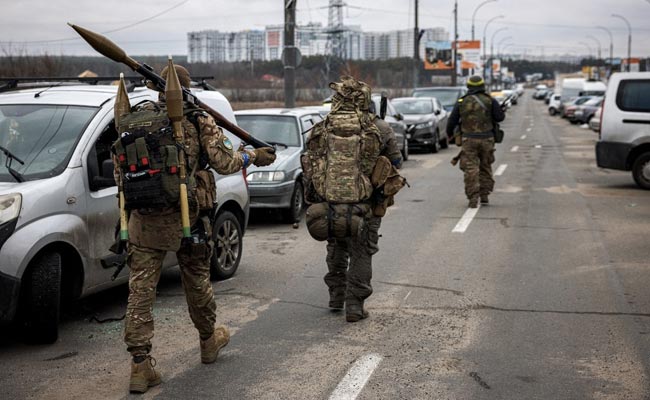)
AT4s come preloaded with one of a number of 84mm rounds. As such, there are anti-tank, anti-structure, and high-explosive variants of the AT4 available, as well as a specialized version that can be fired safely from within a confined space, such as a room in a building with a window.
Ease of use means that many of the weapons, especially guided systems, can be fielded faster and on a wider basis. short effective ranges, simply increases their capacity to engage enemy targets in the air and ground as they come across them.
"The United States and our allies and partners are fully committed to surging weapons of assistance to the Ukrainians, and more will be coming as we source additional stocks of equipment that we're ready to transfer," President Joe Biden said Wednesday.
Which helps to explain Russia's mounting losses in the air. The Ukrainian defense ministry claims it has shot down 150 Russian planes and 135 helicopters. It's impossible to verify all those claims, of course. The Oryx analysts for their part have found photographic evidence that Russia has lost 19 planes and 28 helicopters—still a significant total.
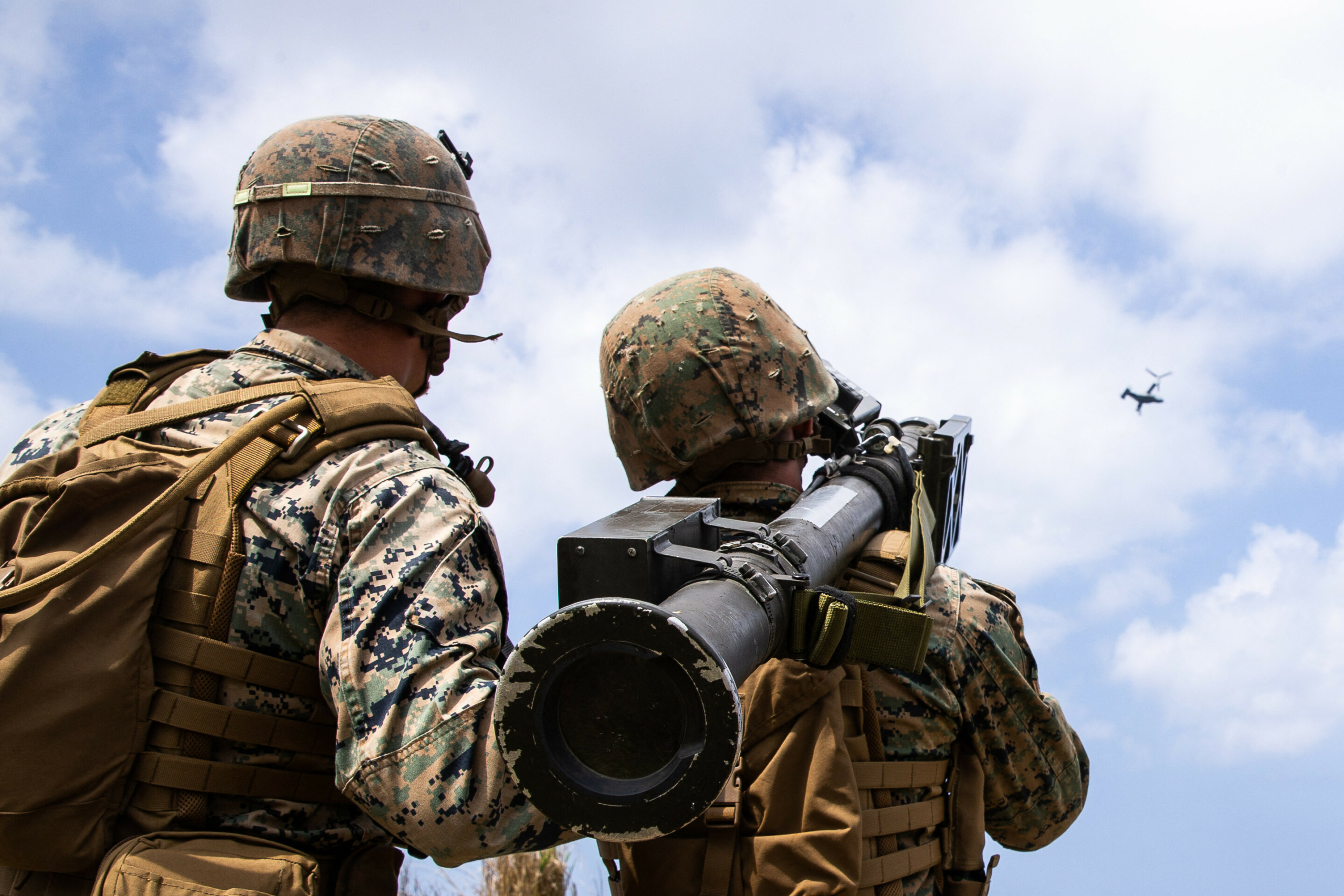
The first versions of the M72 LAW, which is a single-shot disposable rocket launcher, were developed in the United States in the late 1950s and early 1960s. even contemporary tanks and had started to be gradually withdrawn from service with the U.S. military and other armed forces around the world.
The APILAS is understood to be pretty punishing on the user to fire in terms of both the shock of firing and the noise produced when the rocket is launched. At least in the past, the French military has categorized it as a "traumatic weapon" and prohibited personnel from firing more than two or three of them in peacetime across their entire service careers.
"The kinds of tanks they know how to use are not the tanks that we have in our armory," Mr Kirby said at the Pentagon on 19 April. "But other nations have provided some tanks [and] some nations have provided spare parts so that they can get their inoperable tanks operable again."
Ukrainian forces are now in the process of receiving a massive influx of additional stocks of MANPADS and infantry anti-armor systems of various types from more than a dozen different countries. personnel, as well as armor. All told, these new shipments will be added to the thousands of similar weapons already delivered to the emattled country. to-air missile, have practically become household names, many more are much less well known.
Javelins have two parts: a launch tube and a command launch unit, which has the controls and optical sights for day and night use. The Javelin missile's nose has a homing infrared guidance system that allows the operator to fire the weapon and then relocate in order to dodge return fire.
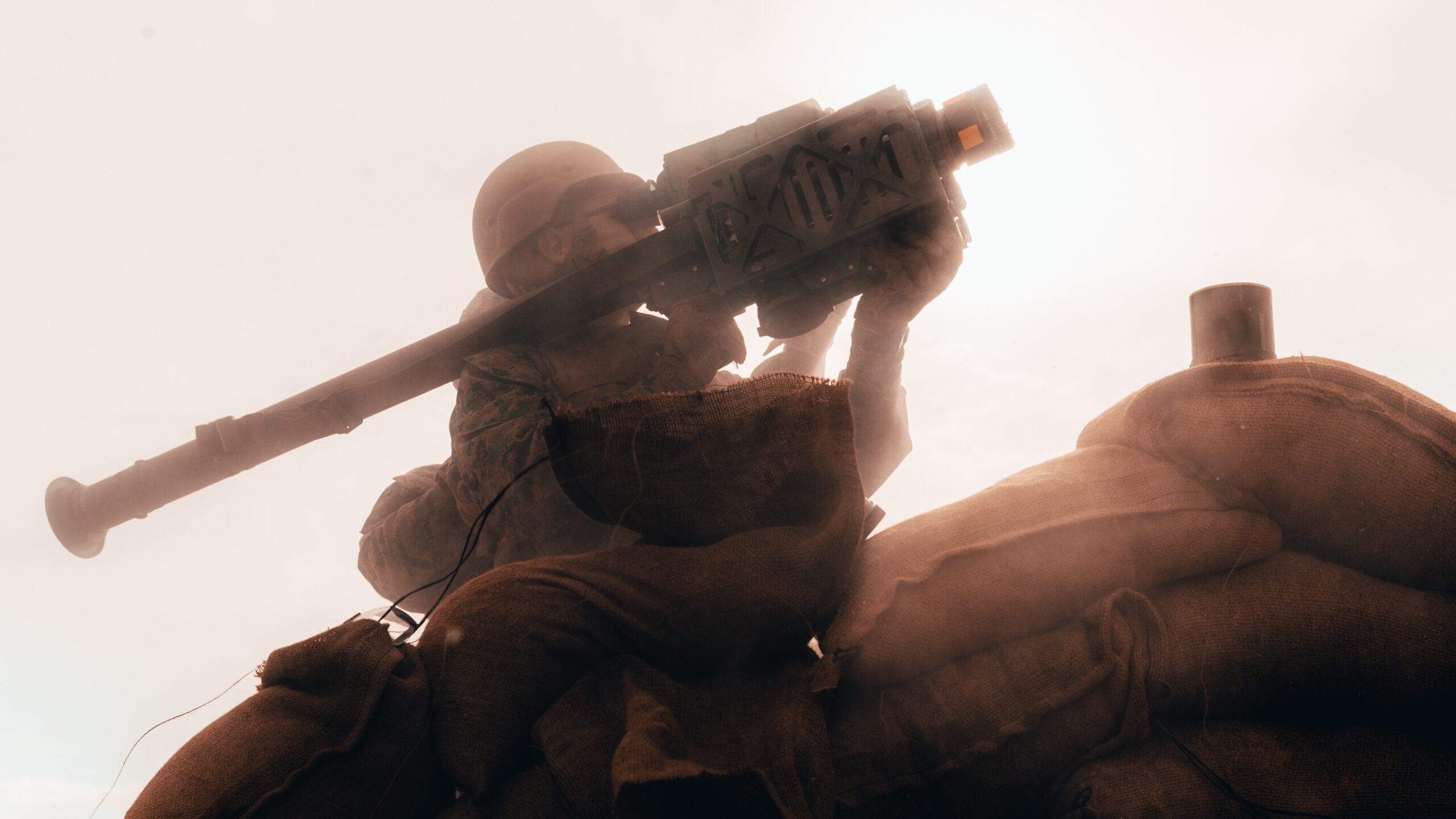
The Piorun, which only entered service in 2019 and is seen being tested in the video below, features an improved rocket motor and seeker system. Against a stationary target, like a building or bunker, the Javelin will strike from a more direct line of attack. US special-operations units — which have bigger budgets than their conventional counterparts — also used Javelins against people in Afghanistan.
It's not clear what variants Ukraine may now be in line to receive. Canada and Norway have said they are sending M72s, but have not specified what versions. Reports indicate that shipments of anti-armor weapons from Denmark and Finland might include different models of M72 , possibly very modern Enhanced Capability (EC) types in the case of the Danish aid package.
But degrading Ukraine's long-range air-defenses by seven percent after six weeks of bombardment is nothing for Russian missileers to brag about. Superiority before a ground offensive begins. Regardless, if these weapons are usable, even if they offer more limited capabilities compared to newer Stingers and Piourns, they could still give Ukrainian forces useful additional air defense capacity. In addition, the Ukrainian military has its own stocks of Strelas and Iglas, which it has already been put to good use. With troops already trained to use these weapons, it would be that much easier to receive and field additional stocks of them.
Stinger is a short-range weapon optimized for point defense, but even early types still had significant engagement envelopes. flying and faster-moving fixed-wing aircraft, including combat jets and transport planes that get close enough. The MANPADS envelope is generally 15,000-feet and below, although some can even exceed that ceiling today.
Before Russia's invasion kicked off, Poland had announced plans to send either Grom or Grom-M MAPANDS, the latter of which is also known as Piorun, to Ukraine. It was subsequently reported that these deliveries would most likely include Grom-M/Piorun and that they would be sent first to the United States as part of the transfer process.
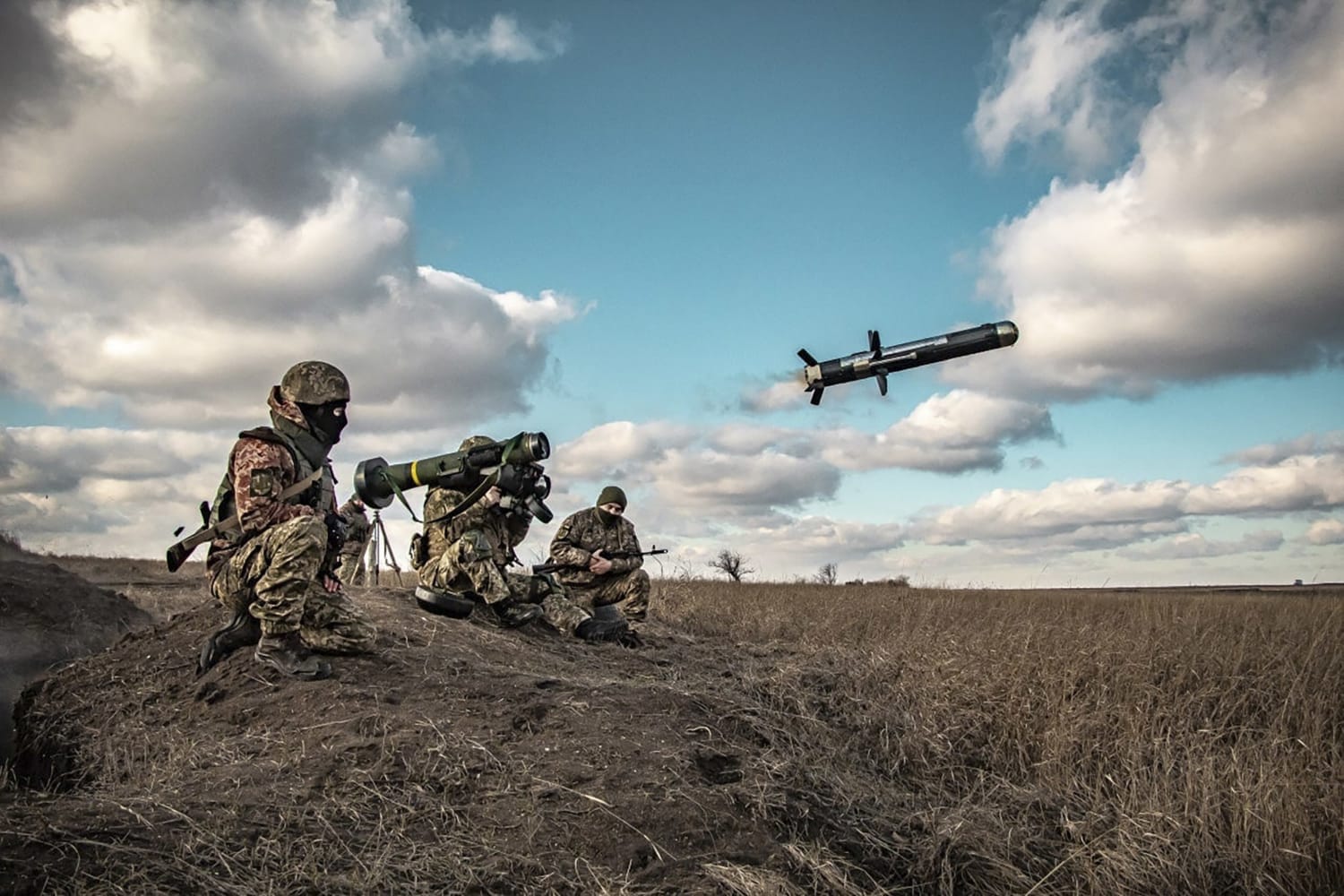
The fact that the system is highly mobile and simpler to employ can be seen as an advantage in some circumstances compared to Javelin. but its range doesn't come close to the Javelin. “When it was over, not only had Russia failed to capture Vuhledar, but it also had made the same mistake that cost Moscow hundreds of tanks earlier in the war: advancing columns into ambushes,” the reports said.
Ukrainian forces may also end up making good use of the reusability of the launcher simply based on what certain countries plan to provide.The Netherlands has said it is sending 50 PzF 3 launchers, along with 400 rounds of ammunition.The 1,000 anti-tank weapons that Germany is planning to deliver will most likely be PzF 3s, too, but it's unclear whether the stated figure reflects launchers or ammunition, or both.
"We're in a critical window now of time where they're going to set the stage for the next phase of this war," Mr Biden said on Wednesday, adding that the weapons are a reflection of "Ukraine's needs" as the war Shifts towards the largely flat terrain of Ukraine's eastern Donbas region.
Russian military planners expected a blitzkrieg campaign that would last 48 to 72 hours and lead to a quick Ukrainian capitulation, but Ukrainian President Volodymyr Zelenskyy has led a fierce resistance, and major urban centers, including the capital, Kyiv, remain in Ukrainian hands, surprising Moscow and indeed the world.
Seven weeks later, the Russians have knocked out at least 21 of the S-300 launchers that outside analysts have confirmed with photos or videos. Even if the actual total of destroyed launchers is higher—and it almost certainly is—it's not hard to understand why the Russian air force still is losing a starting number of aircraft.
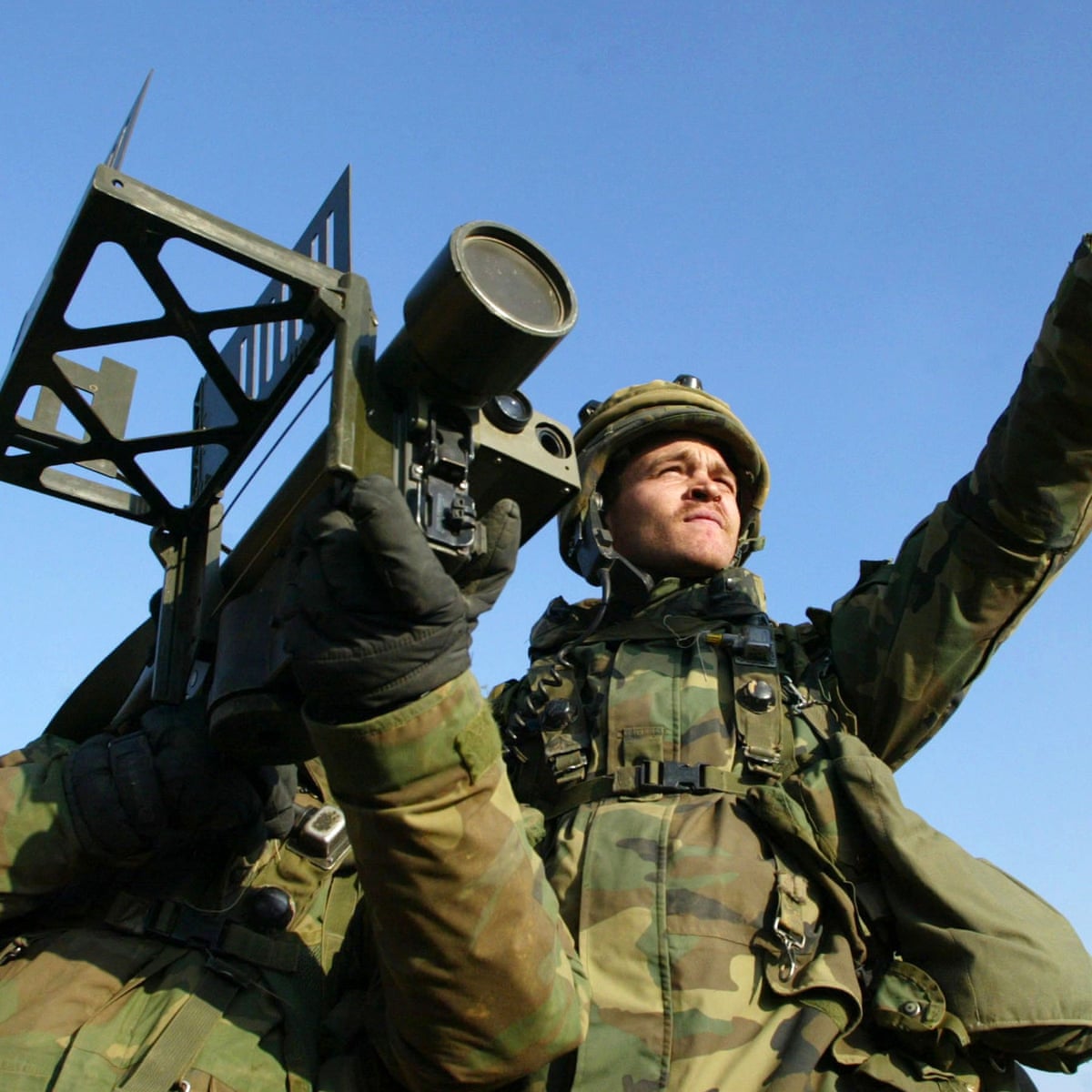
Despite its obtuse name is a multi-purpose single-shot weapon that can be employed against light armored vehicles, as well as bunkers and other targets. of up to 820 feet. There are versions of the Alcotán-100 preloaded with high-explosive anti-tank rockets, as well as general high-explosive and high-explosive dual-purpose types, the latter of which is meant to provide a mixture of anti-armor and anti -personnel effects. All three types have a maximum effective range of around 2,000 feet against a static point target.
It has been reported that the 5,000 anti-armor weapons that Sweden is sending to Ukraine are likely to be AT4s. This Swedish-designed weapon, which the U.S. military was first to adopt in 1987, is in many ways a single-shot, disposable derivative of the Carl Gustaf.
The German-designed Panzerfaust 3 (PzF 3) is categorized as a semi-disposable single-shot rocket launcher. While it can be reloaded like the Carl Gustaf, it is typically issued preloaded with a single guided round – either an anti-tank or an anti-structure "Bunkerfaust" type.
"We're doing the best we can to focus on the kinds of capabilities we know they need and that they want and are using, and...secondary to that, to try to get them systems that they don't need a lot of start-up time for, that they can put in the field almost immediately," Mr Kirby said.
Ukraine's air-defenders apparently still have hundreds of S-300 launchers, but they continue to lose them at a rate of at least three or four a week. As there's no end in sight for Europe's worst war in decades, the time could come when Ukraine has too few long-range air-defense systems.
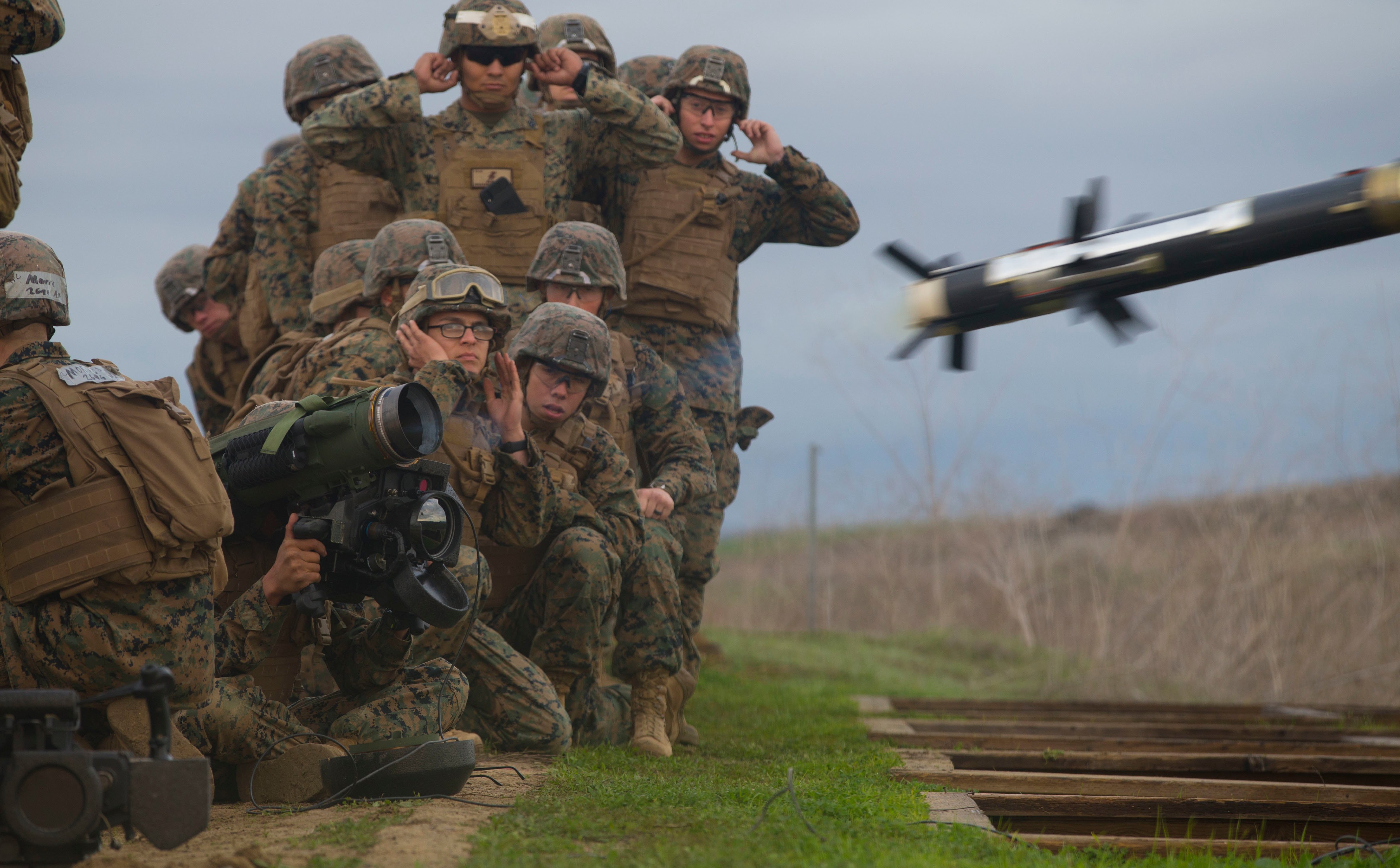
Similarly, while the US has so far committed to sending Ukraine 16 Mi-17 helicopters, it has not directly sent aircraft to Ukraine and has described a plan to send Soviet-made Mig-29 jets from other countries - such as Poland - to Ukraine as untenable.
The most recent US security aid package for Ukraine includes "dozens" of howitzers - a type of artillery that fires shells at targets on high trajectories - as well as 144,000 rounds of ammunition and tactical drones.
And while their claims can't be independently verified, Ukrainian officials say they are putting the weapons to good use. As of this week, Ukraine claims to have destroyed more than 800 tanks and 2,000 other Russian vehicles.
However, the M72 family has seen something of a renaissance over the past two decades with the introduction of more modern variants with more advanced rockets, which you can read more about here. This includes types with improved capabilities against light and unarmored vehicles and structures, as well as general high-explosive and airburst types. Versions that can be safely fired from inside buildings and other confined spaces have also been developed. The core launcher has been improved, as well, including the addition of an accessory rail for the rapid addition of more robust sights. The effective range of the weapon depends on the type of rocket and the sights, but is generally around 720 feet for more recent models.
The M141 BDM, also known as the Shoulder-Launched Multipurpose Assault Weapon-Disposable (SMAW-D), is a relatively obscure weapon that had seen almost exclusive service with the U.S. military until deliveries began arriving in Ukraine earlier this year. has already profiled this weapon specifically, as you read more about here.
ukraine anti aircraft missile video, anti missile defense ukraine, ukraine anti aircraft weapons, mistral anti aircraft missile, ukraine anti missile system, ukraine anti aircraft video, stinger anti aircraft missiles ukraine, anti air missiles ukraine